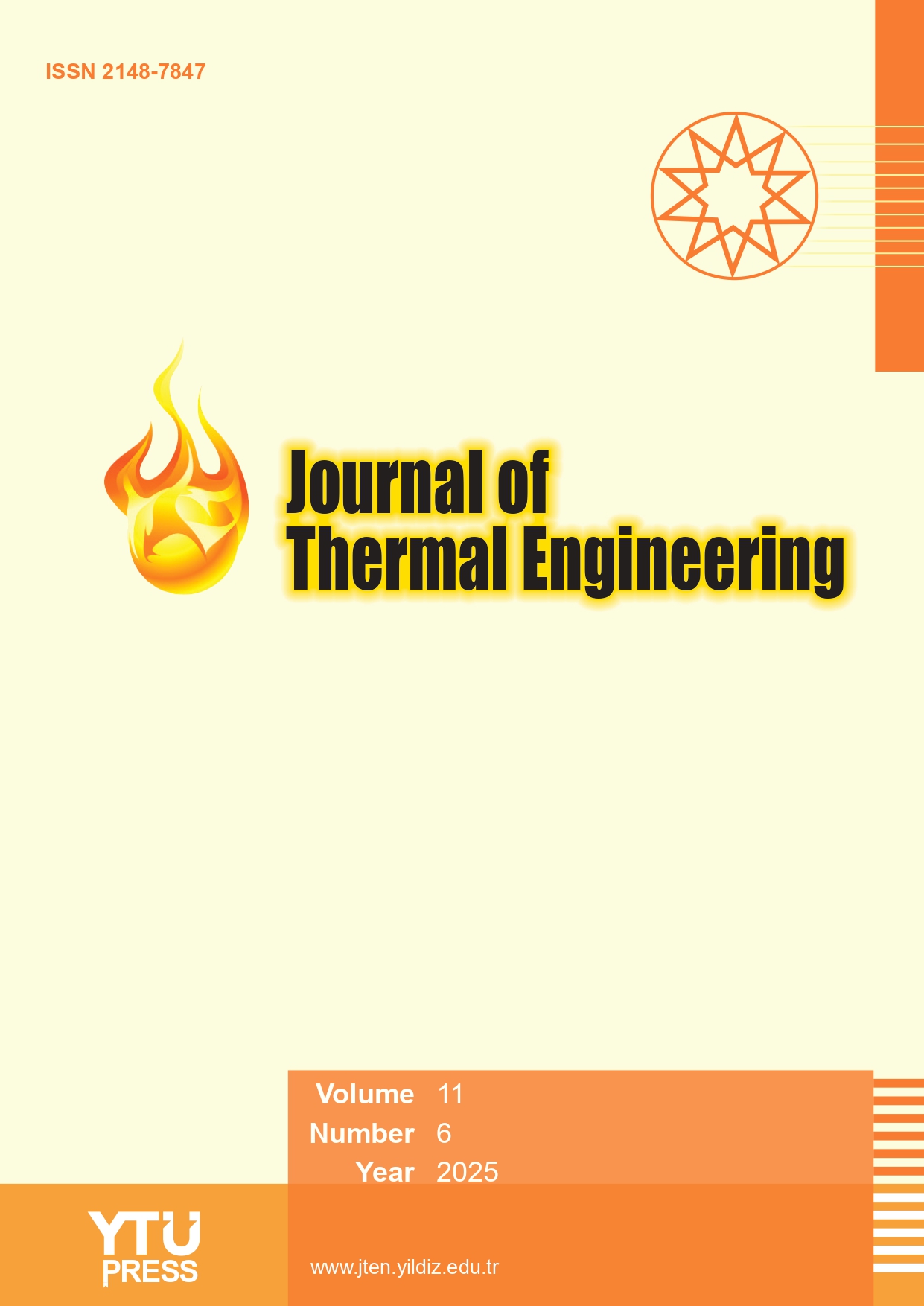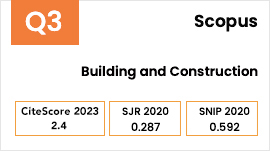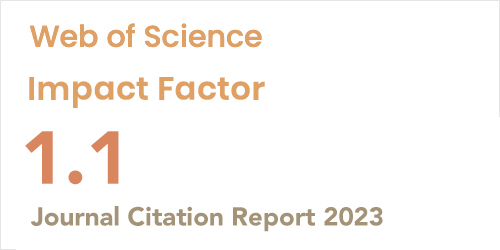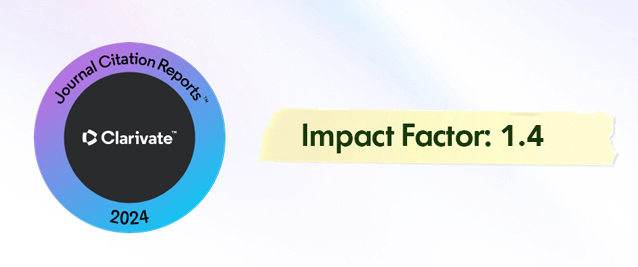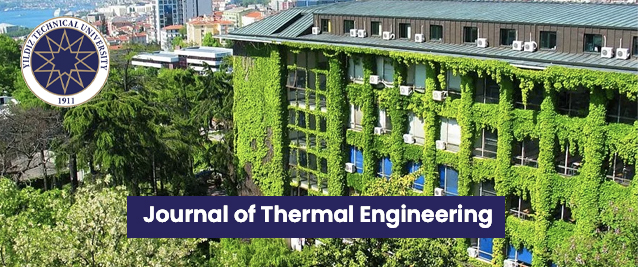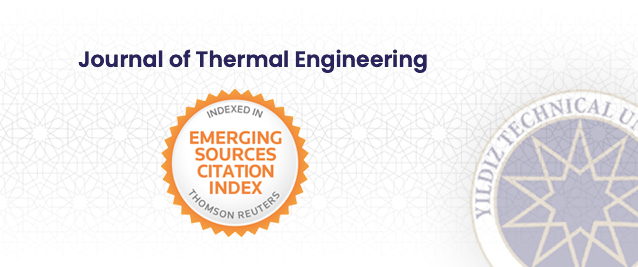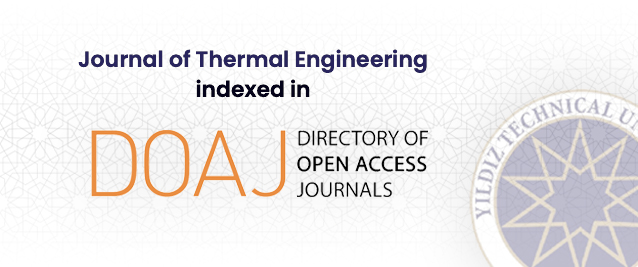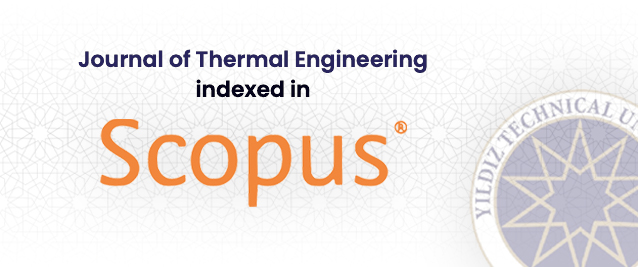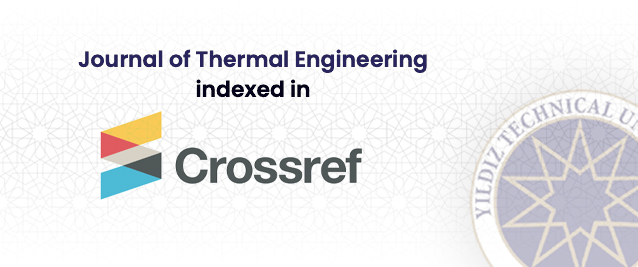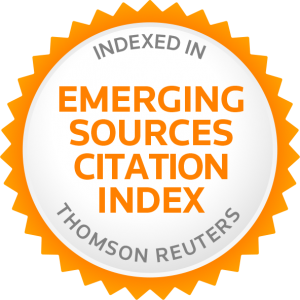Abstract
Infrared sensors on small satellites require a miniature pulse tube cryocooler to operate efficiently at ultra-high frequencies. This study focuses on optimizing the regenerator of a miniature pulse tube cryocooler, which is crucial for enhancing performance in terms of low vibration, improving reliability, and increasing the system’s lifespan. Using the software tool REGEN 3.3, we conducted numerical simulations to analyze the geometrical and operating parameters that impact the performance of the ultra-high frequency regenerator. A comprehensive investigation was performed across a wide range of ultra-high frequencies (100 to 200 Hz), charge pressures (3.5–7.0 MPa), and pressure ratios (1.15–1.3), while considering operating temperatures from 300 K to 80 K and cooling power of 1 W. The optimized regenerator dimensions of 4 mm diameter and 25 mm length at 100 Hz achieve a coefficient of performance of 0.0819, while at 200 Hz, dimensions of 4 mm diameter and 20 mm length produce a coefficient of performance of 0.07491, demonstrating frequency-dependent performance variation. The Key results show that variations in regenerator length by up to 20% (from 25 mm to 20 mm) result in only a 5.093% decrease in coefficient of performance, while a 30% increase (from 25 mm to 30 mm) leads to a 14.91% reduction. The findings indicate that operating frequency minimally influences the optimal diameter; however, the optimum regenerator length decreases with frequency. An increase in frequency from 100 Hz to 200 Hz results in a 20% reduction in regenerator length and an 8.51% decrease in COP. Charge pressure has a limited effect on optimal dimensions, whereas higher cold-end pressure ratios significantly reduce the overall dimensions of the regenerator. An increase in charge pressure reduces pressure drop loss by up to 73% with no significant effect on regenerator losses, while the variations in the pressure ratio have no significant impact on pressure and regenerator losses. The novelty of this work lies in its systematic numerical optimization of an ultra-high frequency regenerator for miniature pulse tube cryocoolers, providing insights that extend beyond previous literature by demonstrating the importance of broad tolerances in design parameters and the significant impact of geometry and operating parameters on performance. This study outlines a roadmap of the ultra-high-frequency regenerator in miniature pulse tube cryocoolers, facilitating efficient operation and miniaturization, thereby enhancing the capabilities of satellite systems.


